The Story of How I Got Here
Permanent link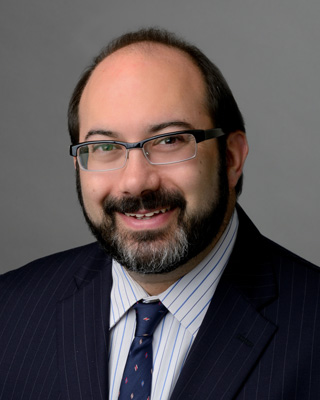
I think I can say this now, after 20 years with JUF. It started with being late.
You see, I found out too late that there was a class at my school – Northwestern University – that included a for-profit internship. I only signed up in time for the non-profit one. Also, until that year, the professor had always found internships for his students, but now we were on our own.
I was a college junior in a town that was not mine. Not knowing where else to look, I fell back on my own community – the Jewish community – and contacted JUF. I was told to come down and speak with the head of their communications staff, a man named Hal.
Hal has sadly since passed away, but he was a tall man with an affable way that disguised a keen, wise mind. I also interviewed with Janet (also now gone), a whip-smart woman who was less tolerant of chit-chat. I was “hired,” if that’s the right word for an intern. The interview was – well, that’s another story.
They set me to work proofreading JUF News. Interestingly, I am still doing that. A lot of other things, too, mind you, but still that.
During my internship, I worked directly under another man named Zan. He was as interested as he was interesting, and judicious but never judgmental. These qualities and his restless desire for understanding make him such a great writer (he’s also a playwright). He was my boss, then my mentor, but also became my friend. In fact, he held a chuppah pole at my first wedding.
I finished my internship and graduated in 1992. I got a job in my hometown of Cleveland, which ended, too. But that’s another story.
I decided to make aliyah and work as a writer in Israel. After all, it was a socialist society becoming more capitalistic, and they might need someone with marketing skills. Then I saw the bumper sticker that set me back.
A friend showed me this bumper sticker he had gotten in Israel and asked if I agreed it was funny. It was only two words long, but I did not get the pun. Evidently, my Hebrew was both rusty and, um, more classical than current. To write for an Israeli audience, I was going to need a leg up.
That is how I ended up on an ulpan, or Hebrew-language crash course, on Kibbutz Sde Eliyahu, south of the Kinneret. I woke up at 4:30 a.m. to move irrigation pipes on some days, took Hebrew immersion classes on others, and visited my relatives in Jerusalem for holidays. I also had a freelance job writing greeting cards for American Greetings. I was meeting other olim from all over – the U.S., Europe, Morocco, Australia and New Zealand – getting in shape and enjoying myself before beginning my job search in earnest. I even had a girlfriend.
Then Zan found me. He had called my university, which led him to my parents, who forwarded him to me on my kibbutz. Hal had retired, he said, which had moved him (Zan) up to department head and then someone else had switched over to JUF News. But again, that’s another story.
The bottom line is there was an open slot, and Zan wanted to know if I would apply for it. I did, and I got the job, though you probably figured that part out.
I left the kibbutz, said goodbye to my girlfriend, and spent the fall holidays in Jerusalem with my dad’s cousin. After Simchat Torah services at the Kotel, I came back to my cousin’s house. I told her I was in a hora circle with both Ashkenazi and Sephardi Torah scrolls. “Oy,” she laughed, “Mixed dancing at The Wall.”
I came back to Cleveland, unpacked from Israel, and immediately re-packed for Chicago. I stayed with family friends in Skokie while I apartment-hunted for a week. I signed a lease on a Friday, drove back to Cleveland, and came back to Chicago that Sunday with my parents and my stuff packed in huge truck from my dad’s furniture business.
On October 10, 1994, I started working at JUF, a day after my birthday. Now, 20 years later, here I am. Back at JUF News, even.
What would have happened if I hadn’t been late? If I had signed up in time for that for-profit internship? I guess that would be, well, another story.



.jpg)



.jpg)
.jpg)
.jpg)

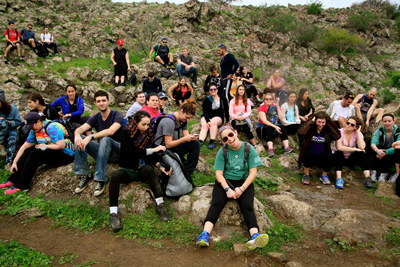





.jpg)
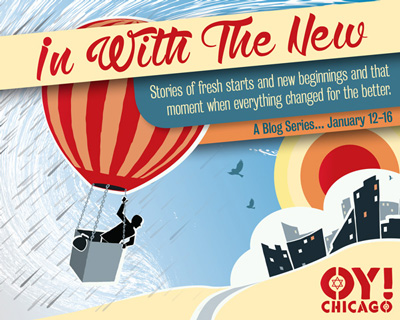
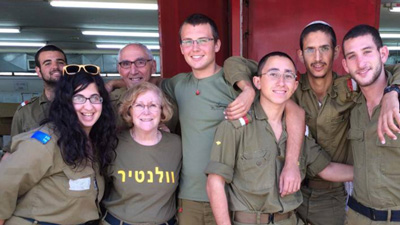
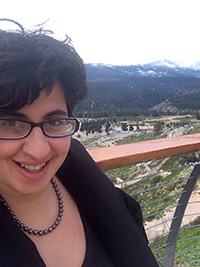
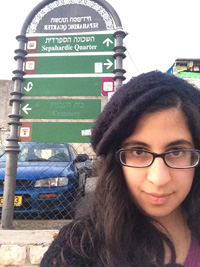
.jpg)
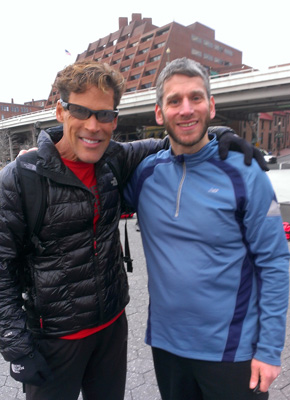
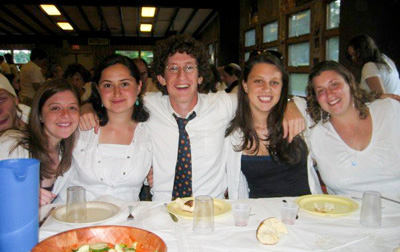
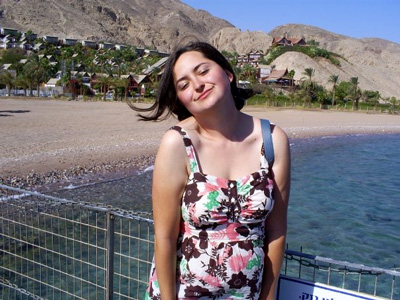
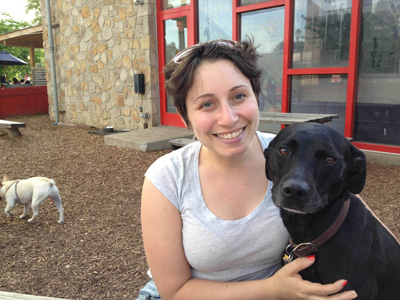
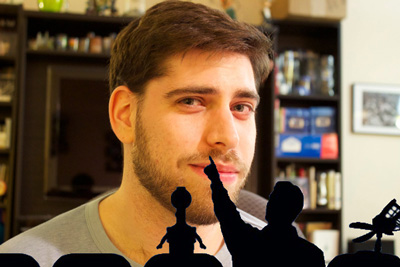
.jpg)
.jpg)
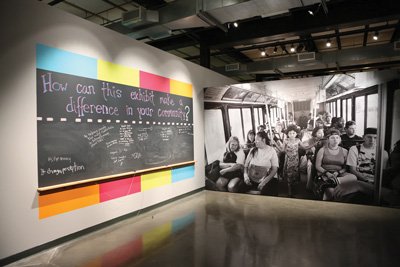

.jpg)



